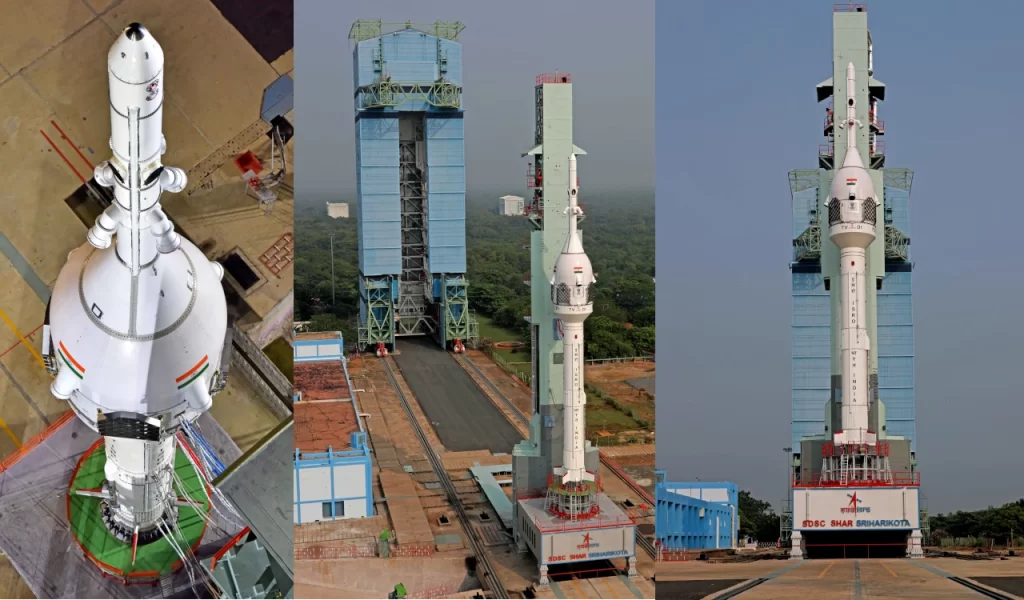One step closer has been taken by India towards the actualisation of its piloted space programme. The Indian Space Research Organisation (ISRO) made the statement in response to the first test of the crew escape module as a part of the preparation for the next “Gaganyaan” mission.
This launch moves India closer to realising its first piloted space programme, which goes by the name “Gaganyaan.”
Earlier, the Indian Space Research Organisation (ISRO) claimed that during the test of the crew escape module, launched from the Sriharikota spaceport in India, it successfully landed in the Bay of Bengal in the Indian Ocean. According to the space agency, everything worked out just how it should. Twenty tests covering a wide range of systems will be carried out as part of the preparations for the piloted flight.
“celestial vehicle” is the literal translation of the name of India’s space programme. It is anticipated that “Gaganyaan” will be presented to the public in 2025. The launch vehicle is supposed to put a module into orbit at approximately 400 km while carrying three crew members. Following their stay in space, which will last three days, the module will descend into the Indian Ocean.

Jittery Launch
The rocket launch was initially scheduled for 8:00 in the morning local time; however, the launch was delayed by half an hour. The time was moved forward one more, this time to 8:45 a.m. local time.
The lower-stage engines of the rocket began to operate when it was about to be launched, but a few seconds later, the flame went out. Later, Somnath explained, saying that the onboard computer that controlled the launch temporarily halted it because of issues.
According to the chief of the ISRO, Sridhara Somnath, the launch was delayed because of the weather conditions.
As a direct consequence of this, the rocket took off at 10:00 a.m. local time.
ISRO announced that the test launch was successful at approximately 10:15 local time.
The organization also tested a crew rescue system. According to ISRO, it worked normally.
It is anticipated that India will finish building its space station by the year 2035 and will send a human to the moon by 2040.

